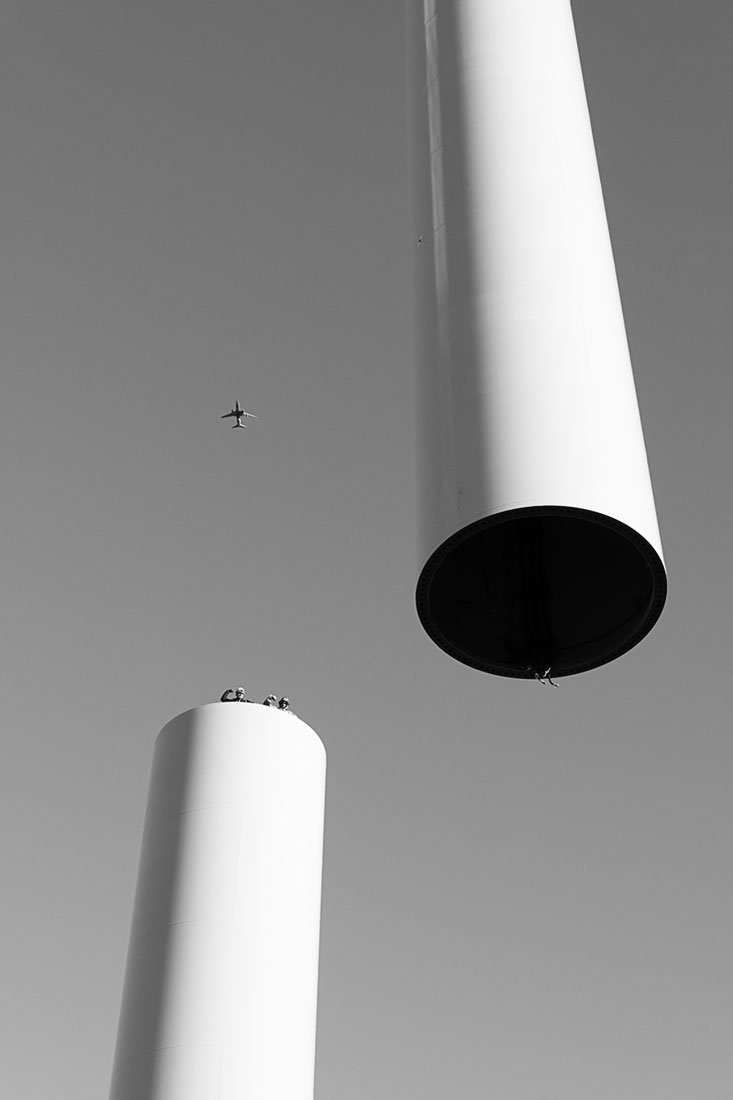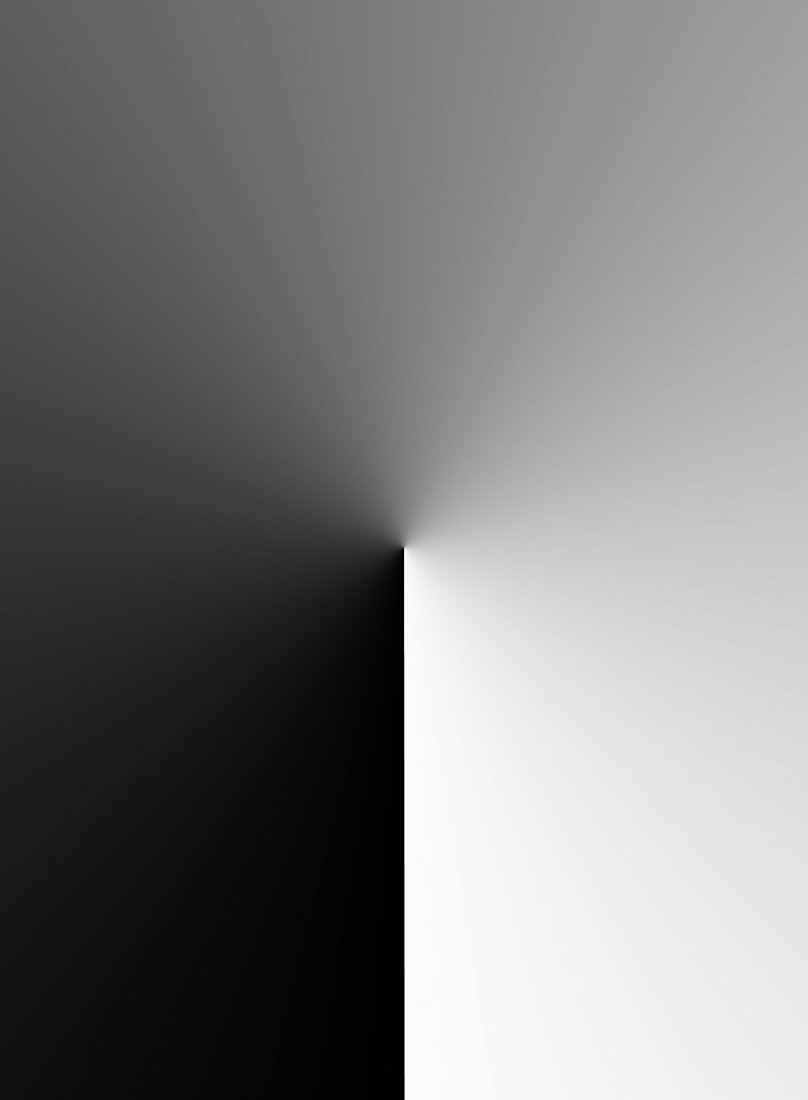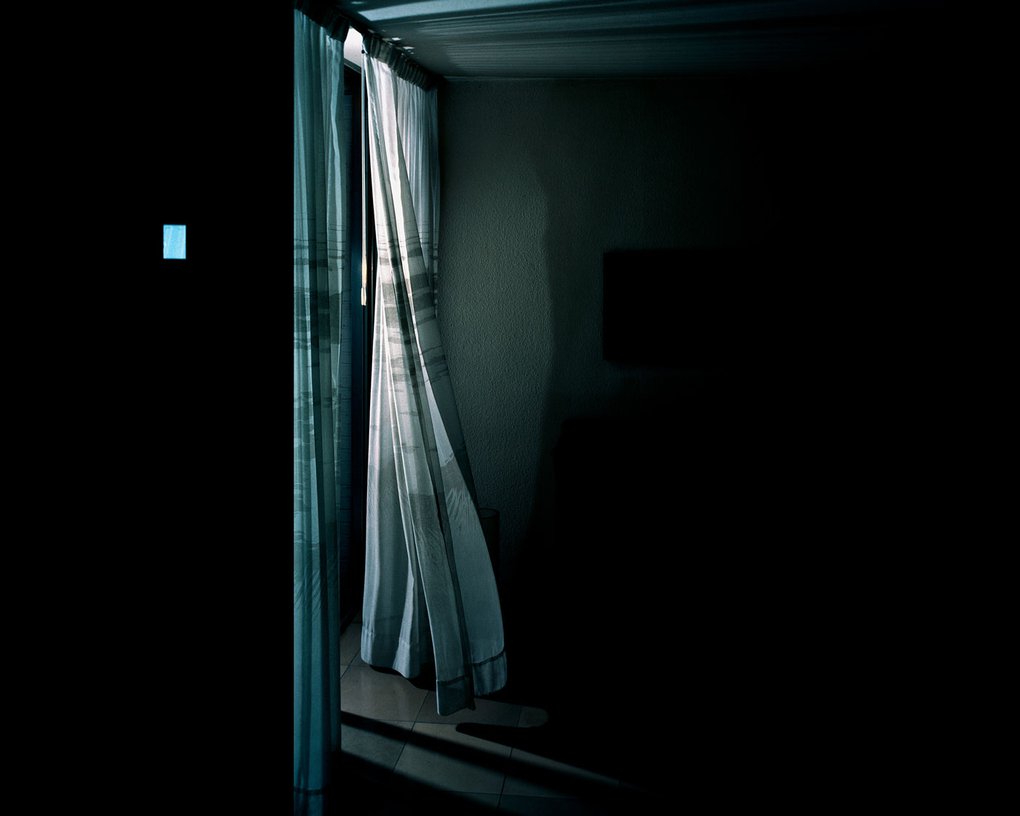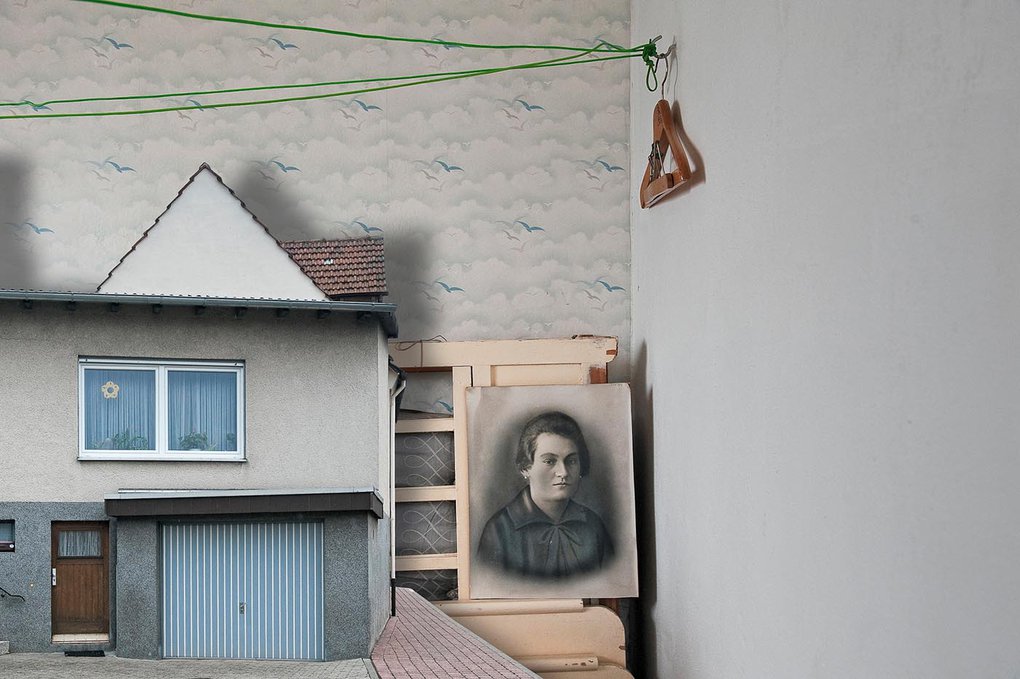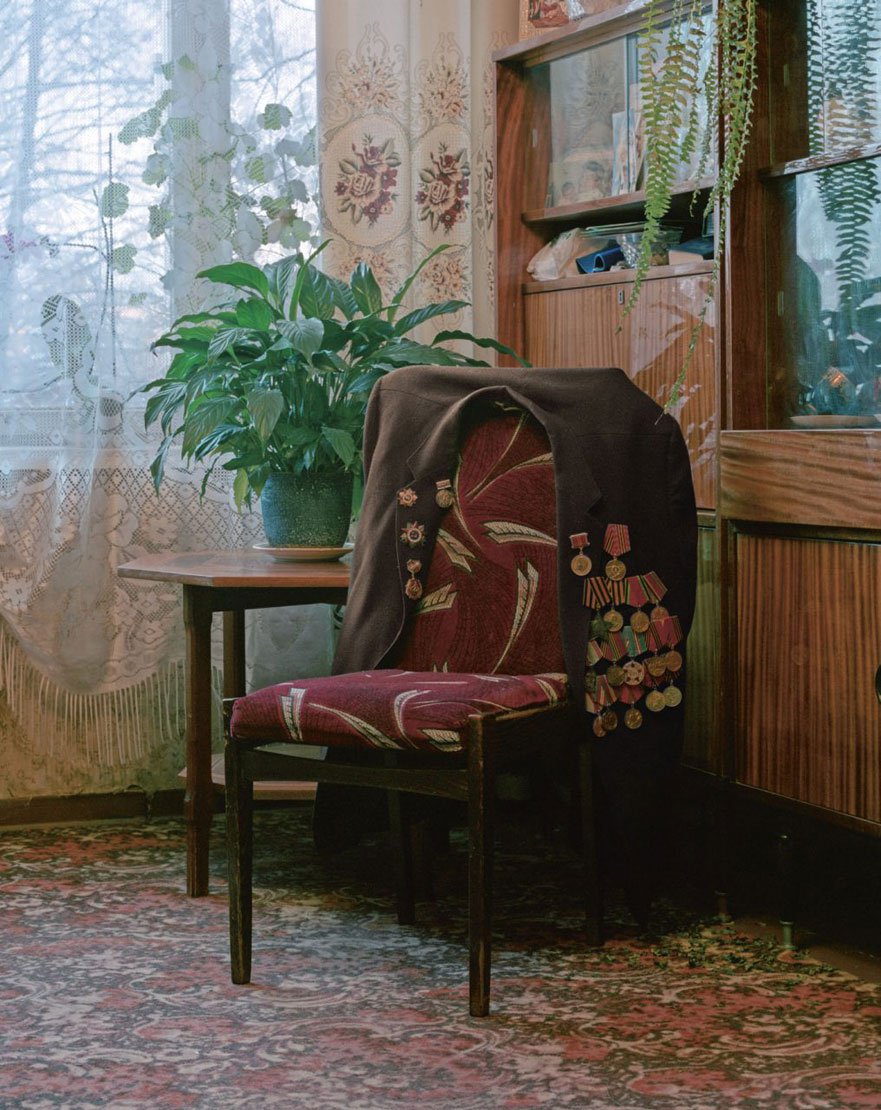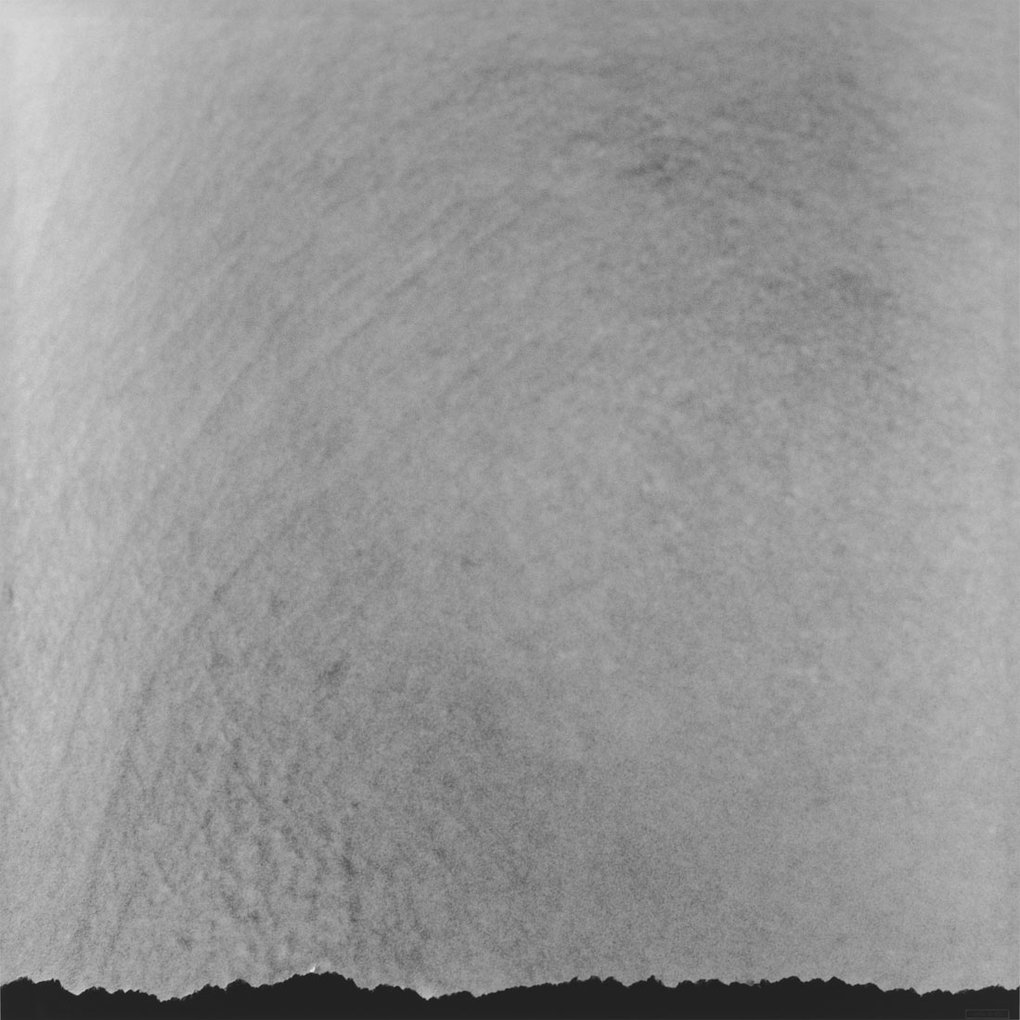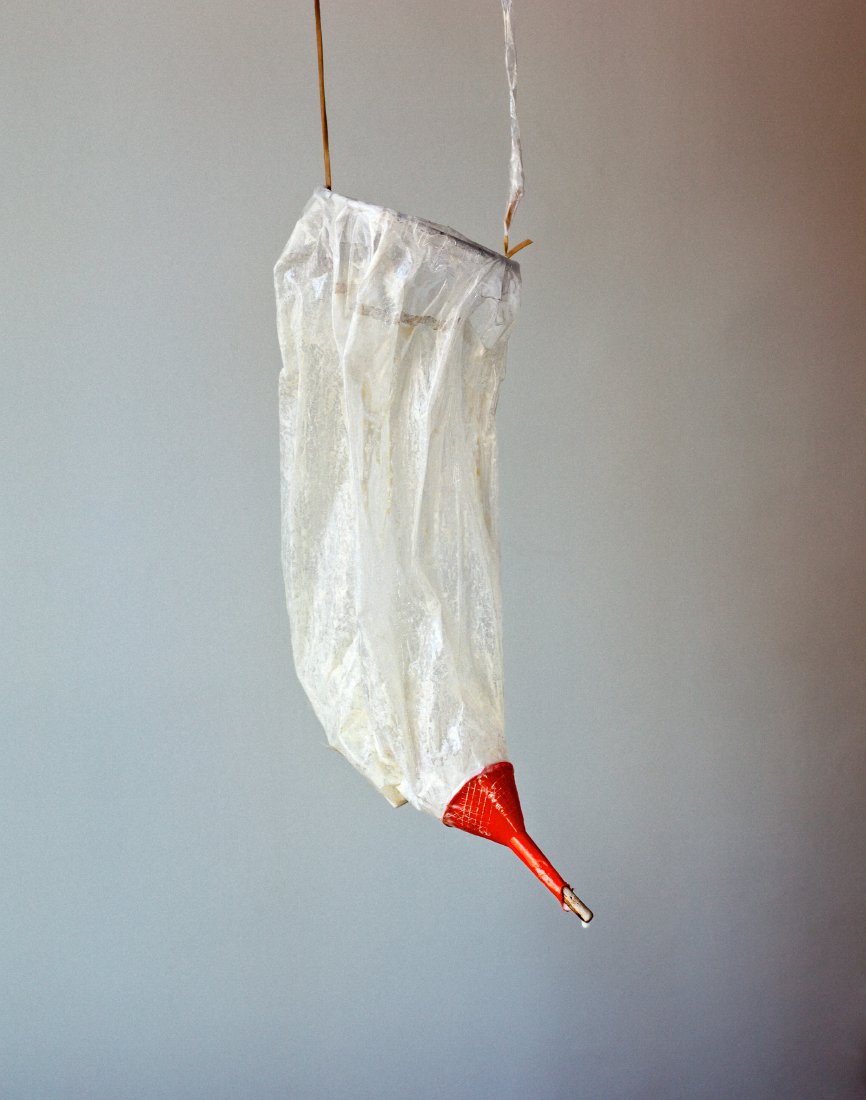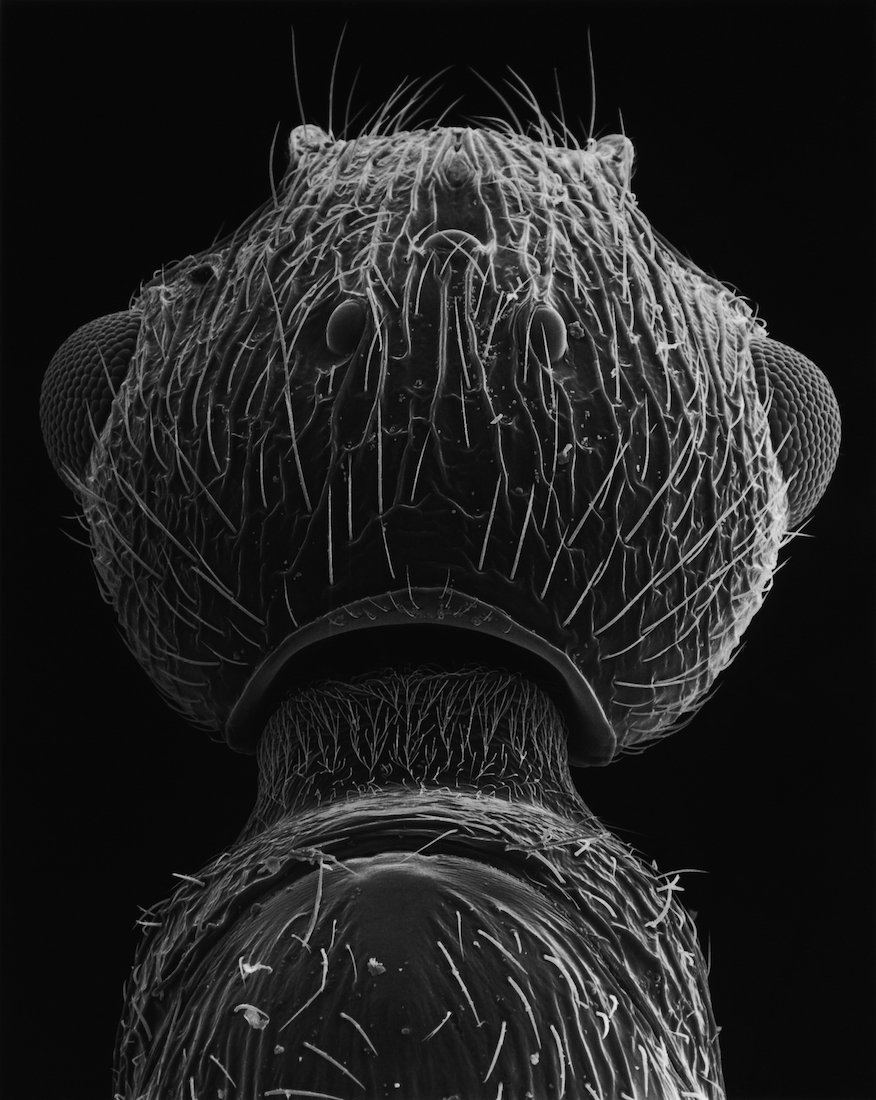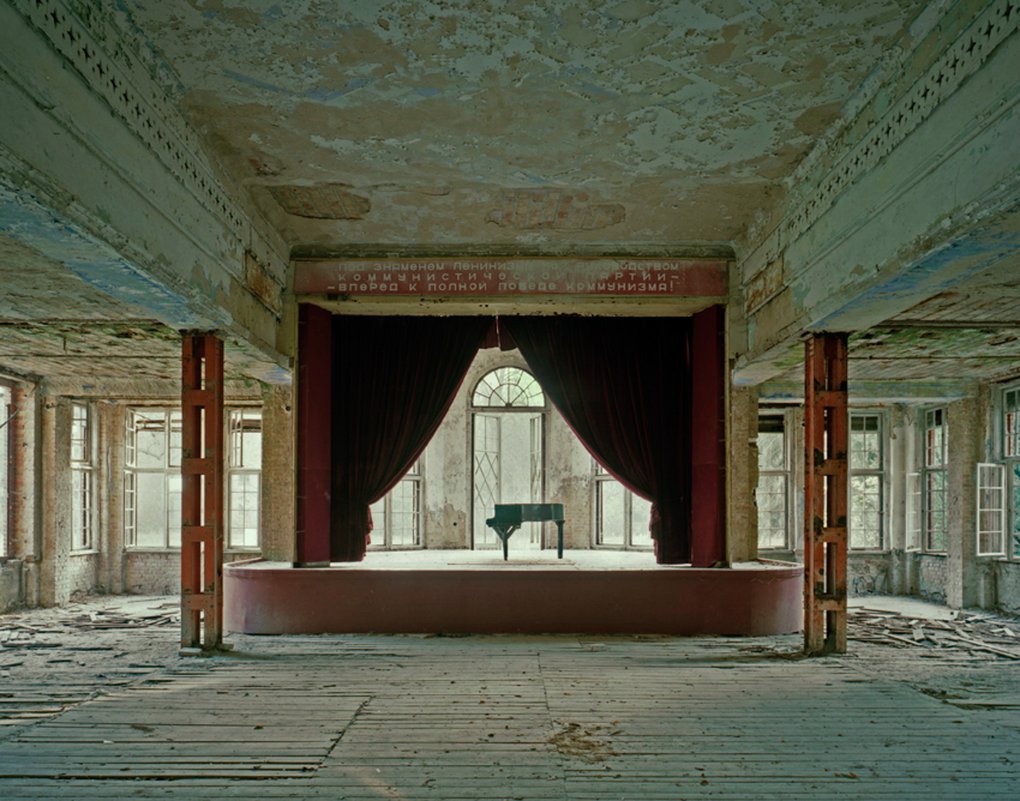Short Bio
A curator, photographer, and art director, HeeJung Kim has curated the DongGang International Photo Festival, one of the biggest annual international photo festivals in South Korea that has the longest history. She is now actively engaging in international projects.
Kim represents Photobookclub Seoul, a platform that introduces photobooks of Korean photographers both locally and globally. She is also an art director at DaDeeDaDa company that engages in multi-disciplinary projects in design, space design, architecture, and whimsical products.
- PhotoBookClub Seoul:
- www.youtube.com/channel/UCM3esPWoi_NlxXbUw9_cnJw
- www.photobookclub.kr
Curatorial Statement:
'An Eye - the witness, the sequence of emotions
It gives form to senses. It is the existence of subtle nuances. And yet, it isn’t simple, negative, agile, or minimalistic. It is in a state of constant searching for elements that attract us. These forms may represent the present in old memories. Even with particular theoretical or historical complexity as background, these are the images that directly appeal to the collective sensibility and, hence, can justifiably be called the “sequence of emotions”.
These images prompt us to contemplate time-travel across the causal net of the time-space continuum, between the proof of existence and the proof of absence. The images have no added descriptions to them but one can readily notice that there lies a narrative within. The exact implications of the images are hard to grasp but it isn’t so difficult to know that a bigger narrative emerges from the interactions between the smaller elements.
The reception process of the images is loosely reminiscent of a children’s play called the word chain: the primary impact reaches the human sensory retina followed by a whirl of feelings created within the recipient and then a cellular reaction occurs after reflecting on past events. It seems all images in the sequence are taking an element from a preceding picture and developing on it.
When one further examines the sequence, however, something peculiar comes to one’s attention. It is a topological landscape that cuts across the realms of emotion, reality, and fiction. On the one hand, it feels like a story pertaining to either a logical system or to our visual processes that are inevitably subject to language. On the other hand, the story feels like a philosophical allegory related to the essence of things. After all, remembrance does have a front and a rear.'
Would you like to be kept up to date with our Guest Curators? Join our Newsletter below.

